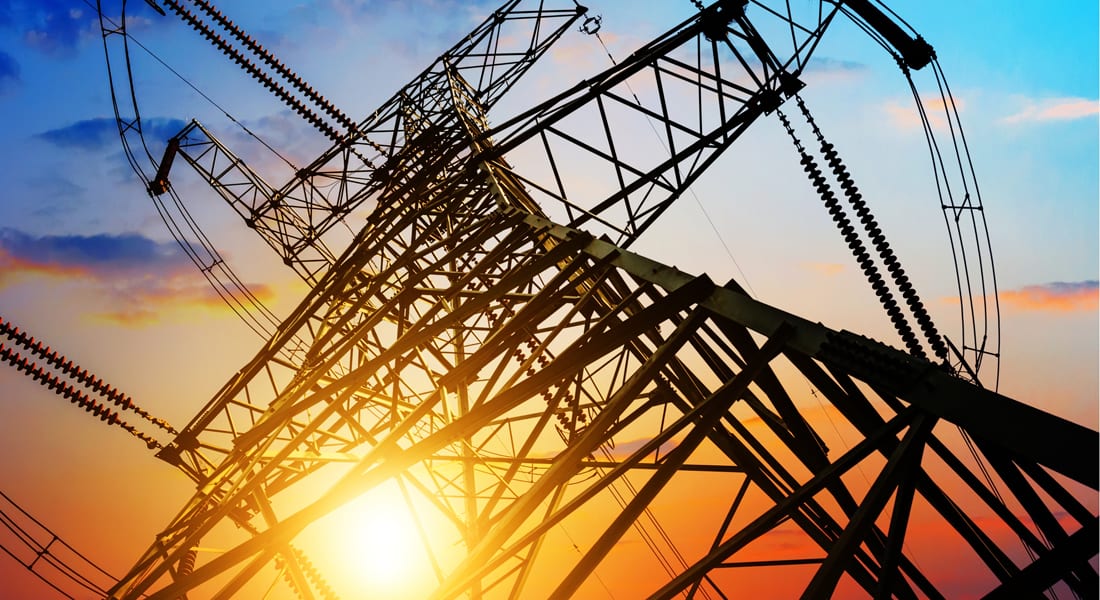The two key factors driving the achievement gap between Hispanic and White students were poverty and attending a high-minority high school.
In an analysis of Texas students, more than 60 percent of the racial gap in college completion rates can be attributed to factors that occur before college — factors that are beyond the control of many colleges and universities, finds a new study led by NYU Steinhardt School of Culture, Education, and Human Development and with a co-author from Southern Methodist University, Dallas.
The study found that the two key factors driving the achievement gap between Hispanic and White students were poverty and attending a high-minority high school.
“Our findings demonstrate that these disparities can often be traced back to high school, suggesting that colleges and universities are not solely responsible for the racial gap in graduation rates,” said Stella M. Flores, associate professor of higher education at NYU Steinhardt and the study’s lead author.
Co-authors are Dominique J. Baker, an assistant professor in SMU’s Department of Education Policy & Leadership in the Simmons School of Education & Human Development, and Toby J. Park, Florida State University.
Research shows that some student populations are less likely than others to complete college, with a significant gap in completion rates between Black and Hispanic students and their White counterparts. But less information is available on what part of the educational pipeline is most likely to contribute to the gaps between these student groups.
The study, “The racial college completion gap: Evidence from Texas,” published in The Journal of Higher Education. The researchers focused on the college completion gap by race and sought to determine not only the factors associated with college completion, but also how these factors may be contributing to racial disparities.
They analyzed data from kindergarten through college completion for all public school students in Texas, one of the nation’s largest and most diverse states. They focused on one cohort of students who graduated from high school in 2002, entered a four-year institution that fall, and graduated college within six years by 2008. The sample consisted of 25,875 White, 9,837 Hispanic and 5,139 Black students.
As expected, six-year college completion rates varied by race: 65.5 percent for White students, 51.4 percent for Hispanic students, and 43.6 percent for Black students. The college completion gap in Texas aligns with national figures, where Hispanics experience at least a 12 percentage-point gap in college completion compared with their White counterparts, while Black students experience a 22 percentage-point gap.
Combination of factors contribute to disparities
Confirming the racial college completion gap, however, was only the first step in the analysis. The researchers then dug into what factors contribute to these disparities.
They found that pre-college characteristics — a combination of individual, academic, and high school context factors — contributed upward of 61 percent of the total variance for both Hispanic and Black students as compared with their White counterparts.
These pre-college influences shared similarities but also differed by race. The two key factors driving the achievement gap between Hispanic and White students were poverty and attending a high-minority high school.
While attending a high-minority high school also explained a large portion of the college completion gap between Black and White students, the next most critical group of factors that explained this gap were related to academic preparation such as access to rigorous coursework that included high-level math courses and AP courses.
“These results unsurprisingly suggest that college completion is both a financial issue and one of academic preparation, but also that one factor may be more critical to one population than another, at least in Texas,” said Flores. “This has important implications for how and where we should invest public funds.”
Post-secondary factors accounted for a much smaller proportion of completion gap
The researchers also looked at factors connected to the college experience, such as the percentage of tenured faculty members, faculty-to-student ratio, per-student expenditures, and whether the school was designated a Hispanic-Serving Institution or a Historically Black College or University. These post-secondary factors accounted for a much smaller proportion — 35 percent — of the completion gap than did individual factors and schooling outcomes initiated prior to enrolling in college.
“This finding is notable because a number of states have engaged in performance-based funding for higher education. However, our research suggests that it would be unfair to rank or award funding to institutions based on factors over which they have lower levels of control,” Flores said. “Accountability is very important, but knowing the sources of inequality along the educational pipeline should be acknowledged and attended to in such formulas.”
The research was supported by the Bill and Melinda Gates Foundation and the Civil Rights Project/Projecto Derechos Civiles at UCLA. — New York University




